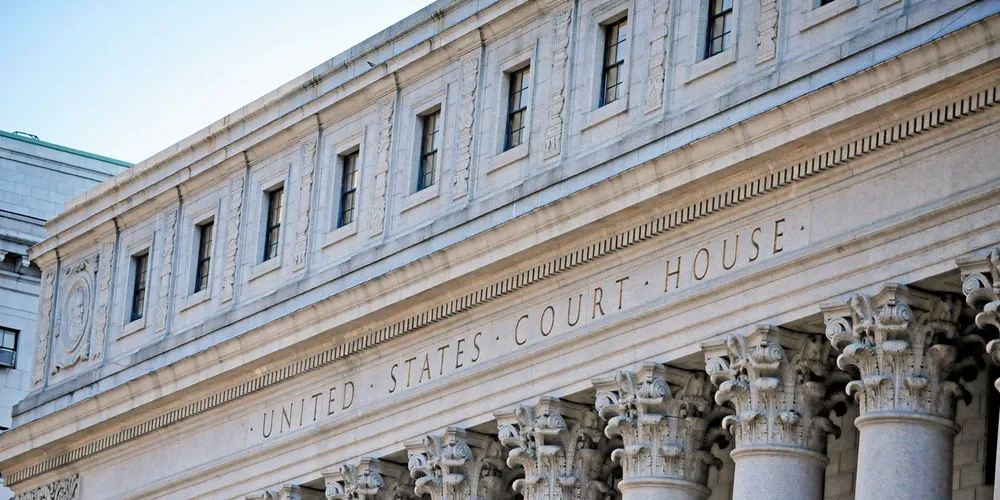Iberdrola-backed US offshore wind flagship squares off against activists in federal court
Vineyard Wind 1 target of suit filed by Massachusetts group alleging the federal government failed to properly evaluate its environmental impacts

A lawsuit filed against the federal government regarding flagship US offshore wind project Vineyard Wind 1 continued through federal courts with a hearing on Tuesday that sought to clarify evidence in preparation for a judge’s ruling.
The lawsuit was filed by Nantucket Residents Against Turbines (NRAT), an activist group based on the island facing the Massachusetts coast, alleging that the government failed to meet its statutory duties in evaluating the environmental impacts of the 800MW project.
Vineyard Wind I, a joint venture of Iberdrola-controlled Avangrid and Copenhagen Infrastructure Partners, is the first commercial scale offshore wind project permitted and in construction.
“You can’t just look at this one project in a vacuum. We really need to consider what's happening beyond just the Vineyard Wind project,” she added.
Some 6GW of capacity off the southern coast of Massachusetts has already been contracted, with offtake going to several states in the region.
We need to “do a much better job weighing the risks against the purported benefits,” said DiSibio.
The suit was filed in July last year in US District Court for the District of Massachusetts seeking summary judgement, in which the judge will make a decision based on statements and evidence without going to trial.
The defendants are the Bureau of Ocean Energy Management (BOEM), the regulator of energy development in US coastal waters, with the project developers as intervenors.
Whale strandings
At least nine whales – seven humpback and two sperm –have washed up on beaches in New York and New Jersey since 5 December, with several more in other Atlantic coastal states.
Despite assurances from marine mammal experts from BOEM and the National Oceanic and Atmospheric Administration (NOAA)’ fisheries department that no whale deaths have “been attributed to offshore wind activities”, critics are calling for a moratorium on all sector activities until the causes have been determined.
“Are these whales disoriented because they’ve become deaf or temporarily deaf because of geotechnical testing?” DiSibio said. “We haven't done the studies on the dead whales to understand what’s going on.”
The strandings are occurring amid seven years of unusual mortality events (UMEs) seen in several whale species along the US Atlantic coast, with NOAA-Fisheries data indicating that 174 humpback whales and 35 North Atlantic right whales have perished in that time.